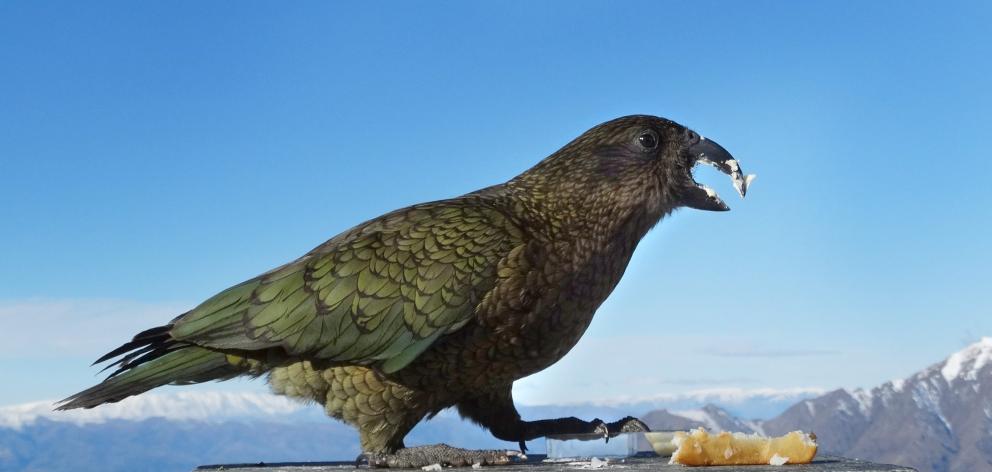
One in three of New Zealand's native bird populations is at risk of following the moa into extinction, Parliament's environment watchdog has revealed in a hard-hitting report.
And out of 168 native bird species, four out of five are in decline, the Parliamentary Commissioner for the Environment, Jan Wright, has found.
"The situation is desperate," Ms Wright said in her report, which was tabled in Parliament this afternoon.
The commissioner's suite of proposals for the Government - some of them controversial - underline the enormous task ahead in protecting New Zealand's most precious bird species.
Ms Wright is recommending the control or eradication of millions of feral cats, consideration of genetic techniques to control predators, and a possible levy on tourists to fund predator control.
She criticised the Government's narrow allocation of conservation money for tourism infrastructure, saying more needed to be directed at native flora and fauna.
The report's findings were based on Department of Conservation data which showed that 20% of native bird species were "doing OK", 48% were "in some trouble", and 32% were "in serious trouble".
Birds in the most at-risk category included the kea, the wrybill, the whio, and two species of kiwi.
If New Zealand was to restore an abundant, resilient birdlife on its mainland, native birds needed three things - sanctuary from predators, a suitable habitat, and enough genetic diversity to be resilient in the long-term.
Of these, predator control was the most urgent.
The Government's ambitious Predator Free 2050 goal launched last year had helped focus attention on the damage done by predators, Ms Wright said.
But the high-profile policy was light on detail and had no immediate, clear plan of action.
"All the disparate efforts currently under way will not just magically come together," she said.
MORE MONEY
Saving New Zealand's most precious birds would require "a great deal more money" to be allocated to conservation.
The Government committed $76m more funding for the Department of Conservation in this month's Budget, though most of it was for walking tracks, toilets, carparks and tourism ventures.
"The flora and fauna that draw visitors need much more help too," Ms Wright said.
"It is not just birds - lizards, frogs, insects and other native fauna are also in trouble. And now myrtle rust has blown across from Australia, threatening pohutukawa, rata and manuka."
The report recommended a border levy for international visitors. The Green Party has made a similar proposal, calling it a taonga tax.
"Tourists do not come to New Zealand to shop," Ms Wright said. "They come because they have seen photographs of stunningly beautiful national parks."
SKILLED KILLERS
Another hole in the Predator Free goal was that it failed to target wild cats, instead singling out only possums, rats and stoats.
"I have become increasingly concerned about the feral cats that now almost certainly number in the millions in the countryside and along forest margins," the report said.
"They are major killers of precious wading birds like the wrybill - the only bird in the world with a beak that curves to the side."
She said cats were particularly vulnerable to rapidly-acting, humane poison and the Government should consider research in this area.
Ms Wright said she was encouraged by innovative scientific advances which would play a crucial role in eradicating predators.
A long-lasting lure for stoats in particular would be a major breakthrough, she said.
She tentatively recommended development of genetic modification to completely wipe out some species of predators, saying that consultation should begin with the public on possible uses of genetic techniques.
"But for the foreseeable future, the name of the game is predator suppression," she said.
Some of the promising genetic innovations in New Zealand include the development of a stoat lure using artificial pheromones; the development of toxins which killed only the target predator; and Trojan females, in which female predators pass on infertility to their sons.













